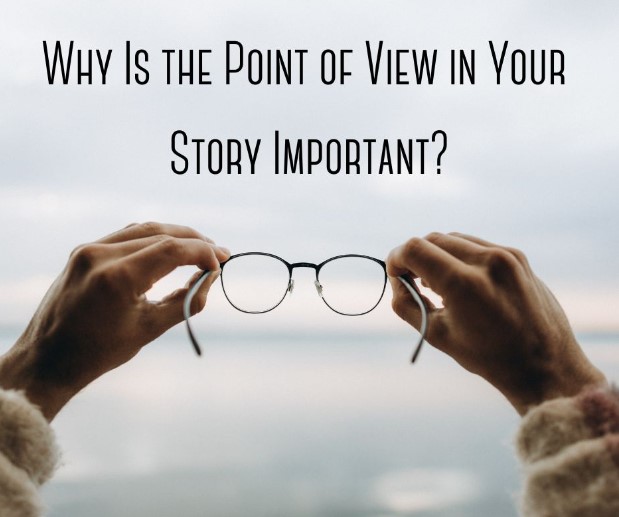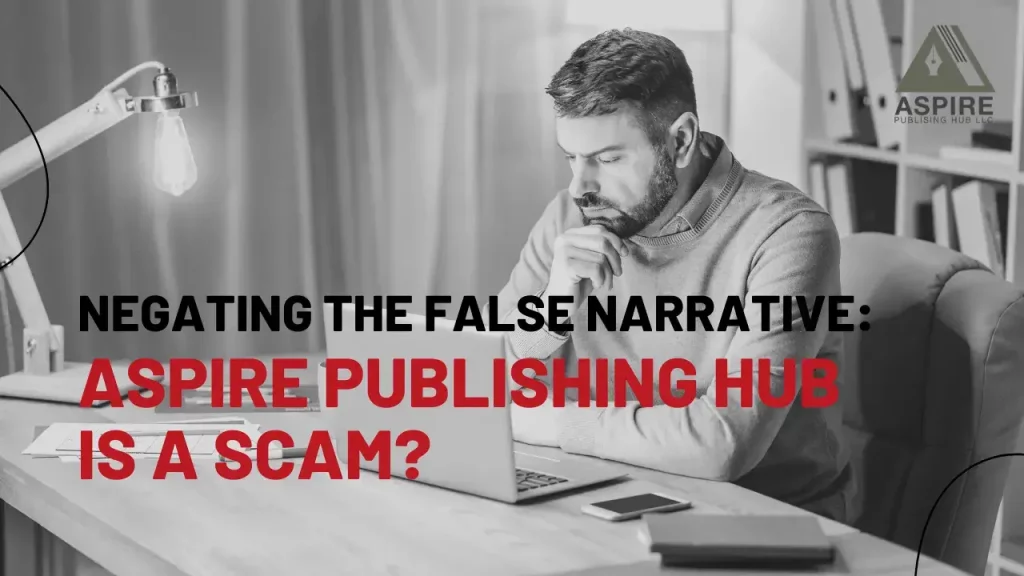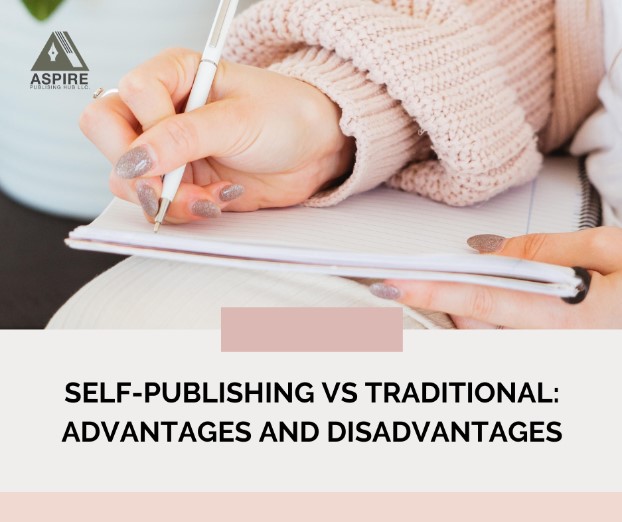Every writer has a story, and a story has a narrative. A narrative is how the story is told. Typically, the protagonist’s point of view is what we read as the story unfolds. However, there are several other narrative points of view that can be used. This article will explore the best story point of view to use in your writing.
The protagonist’s point of view
The protagonist’s point of view is the angle from which the story is seen and experienced. The protagonist’s point of view is the lens through which the story is told. In other words, it is the lens through which the reader sees the story, whether through the first-person or third-person point of view.
It is important to choose the right protagonist’s point of view because it can make or break the story. For example, suppose the protagonist is not relatable. In that case, the reader will not invest in the story, and the story will not garner the desired emotions.
The antagonist’s point of view
The antagonist’s point of view is the most important perspective in any story. To make the reader understand the antagonist’s point of view, you must use a character that the reader can relate to. You should also make sure that the antagonist has a clear goal or motive to follow throughout the story. This will help the reader understand the antagonist’s point of view. The antagonist’s point of view should also be the most interesting perspective in the story.
The minor character’s point of view
In a novel, the narrator’s point of view is different from that of the protagonist. The narrator is often omniscient; that is, they can know what is happening throughout the novel. On the other hand, the protagonist has a limited view of the story’s events. This means that the narrator may have information that the protagonist does not. For example, the narrator may know that the protagonist is feeling frustrated or confused.
This allows the narrator to give the protagonist advice or insight into what they are going through. In the case of the minor character, the narrator’s point of view is often limited. The narrator knows what the minor character is thinking but not what the minor character knows. This is because the minor character is not important to the plot of the novel.
The omniscient point of view
The omniscient point of view is a literary device that most authors use when telling a story. It is a point of view that has the power to see and understand everything that is happening in the story. The omniscient point of view is usually used in novels and short stories to help the reader understand the story better. In some cases, the omniscient point of view is limited to a certain character in the story.
In these cases, the character is usually the protagonist. The omniscient point of view is also used in poems and short stories where the focus is not on a specific character. The omniscient point of view is a point of view that is often used in a variety of genres and is a device that most authors use in their stories.
The term “point of view,” or POV for short, refers to the person who is narrating a story. Because of this, being aware of the distinctions between the various points of view significantly influences how you want your story to be read or on which point of view your story is.



